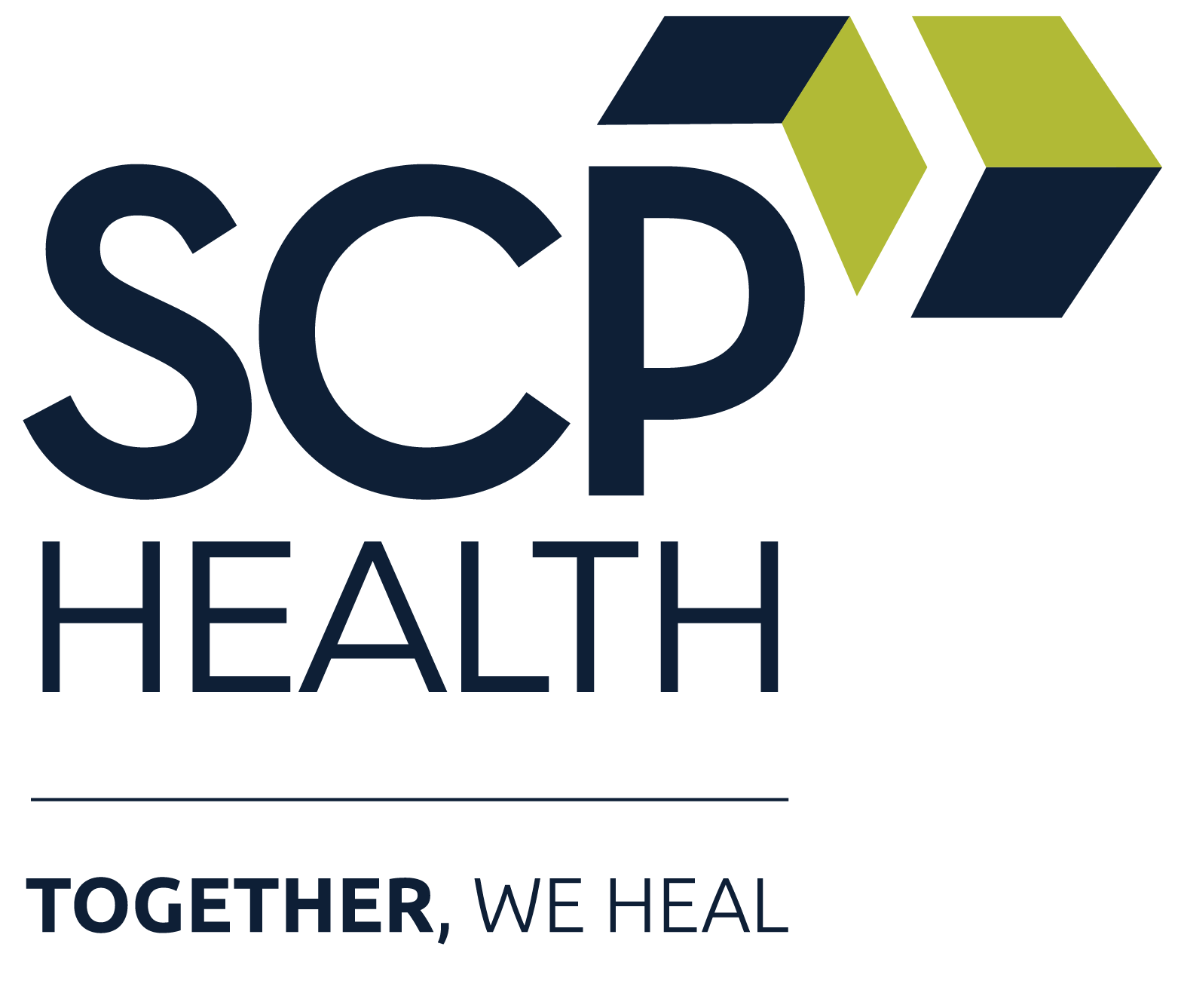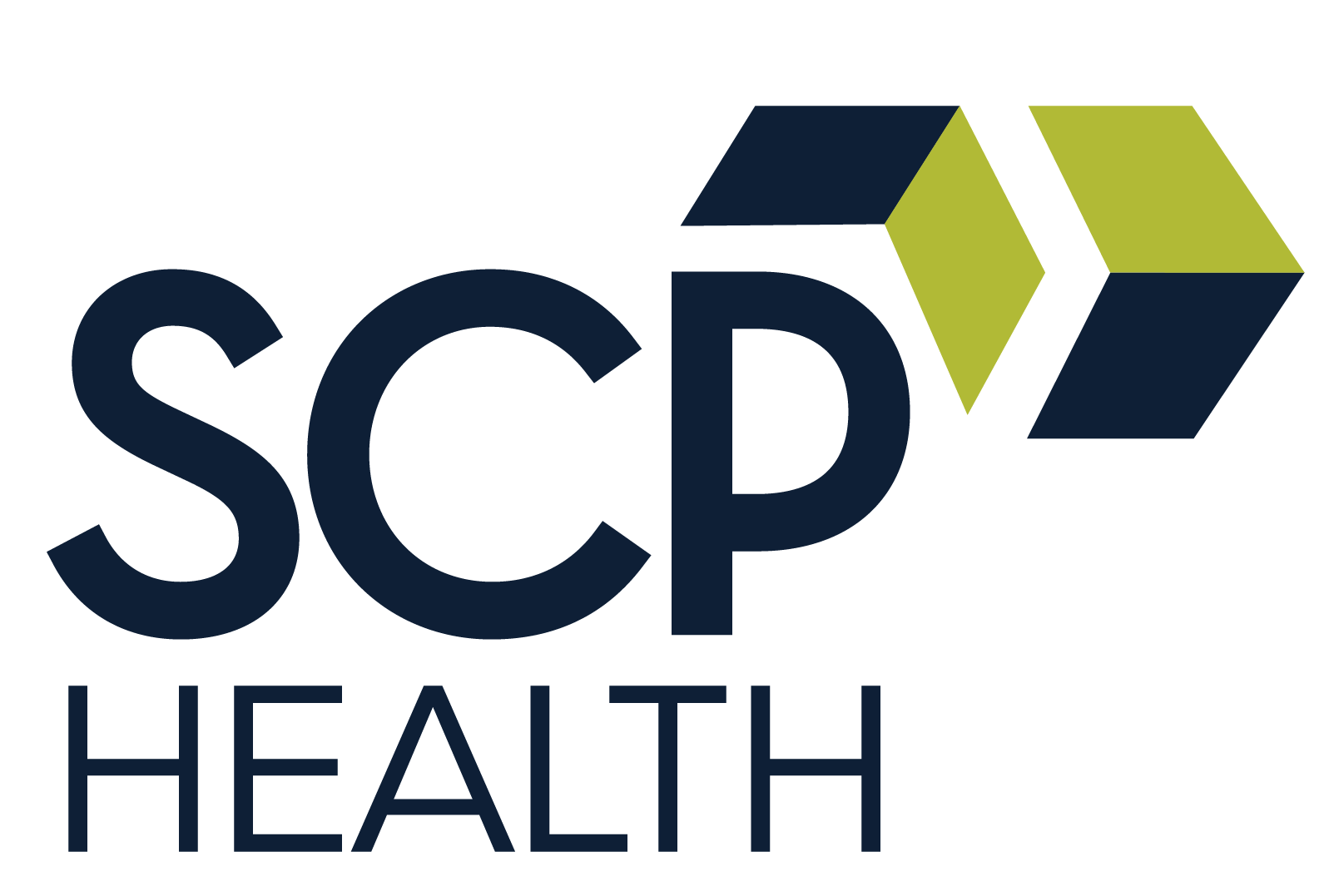Health care leaders today have tremendous opportunities to enhance clinical operations through strategic optimization. While the landscape presents unique challenges around clinical workforce and affordability, forward-thinking organizations are finding innovative ways to strengthen patient care while achieving operational excellence.
Clinicians are at the heart of every health system, with a disproportionate impact on patient outcomes, organizational efficiency, and driving the overall achievement of strategic goals. Physician services in emergency and hospital medicine can make or break a health system’s operational and financial goals, which means evaluating current models is more important than ever.
When evaluating options, health care leaders must consider several crucial factors:
Innovative staffing and care delivery models
Modern health care demands sophisticated staffing approaches that optimize the alignment between physicians, NPs, and PAs to enhance patient satisfaction and operational efficiency. Accurate volume prediction, using AI technologies, enables real-time staffing adjustments as demands shift, while integrated telemedicine support provides critical coverage for nighttime care and surge periods. This flexible, data-driven approach creates sustainable delivery models that prevent burnout while maintaining economic efficiency.
Emergency and hospital medicine integration
Success hinges on seamless coordination between hospital-based clinical teams. Effective communication and integrated workflows improve observation stay management and ED-to-inpatient conversion rates, directly impacting length of stay and patient throughput. Partners should demonstrate proven approaches to service line integration that align with your specific needs and goals.
Operational excellence and scale
Today’s health care environment demands unprecedented operational efficiency. This includes sophisticated coding practices, comprehensive documentation of patient care, and management of complex comorbidities. Best-in-class quality management systems form the foundation of successful value-based care programs. Hybrid management solutions can connect employed medical groups with sophisticated support services and infrastructure to achieve next-level performance.
Strategic partnership selection
The right partner brings proven expertise in similar communities and demonstrates the ability to scale services efficiently. Evaluate potential partners based on their track record of success, alignment with your organizational values, and ability to bridge critical operational gaps. Look for organizations that can execute your vision while adapting to evolving priorities.
Clinician engagement and retention
In a competitive market for clinical talent, successful recruitment programs require thoughtful approaches to recruitment and retention. Modern compensation models must balance productivity incentives with clinician value while maintaining economic efficiency. Strong local and regional leadership backed by nationwide infrastructure helps reduce variation, prevent burnout, and drive consistent best-practice performance.
Financial sustainability
Partnering with financially stable organizations that demonstrate sophisticated revenue cycle management capabilities can help health systems achieve long-term success. Evaluate potential partners’ track records in payor relationship management and their ability to operate efficiently at scale.
As health care continues to evolve in complexity and scope, the strategic evaluation of physician services models becomes increasingly vital to organizational success. The path forward requires thoughtful analysis and decisive action—your patients, clinicians, and bottom line will reflect the care taken in this critical decision. We invite you to explore our comprehensive resources and connect with our team to discuss how these factors can be optimized within your unique health care environment.






